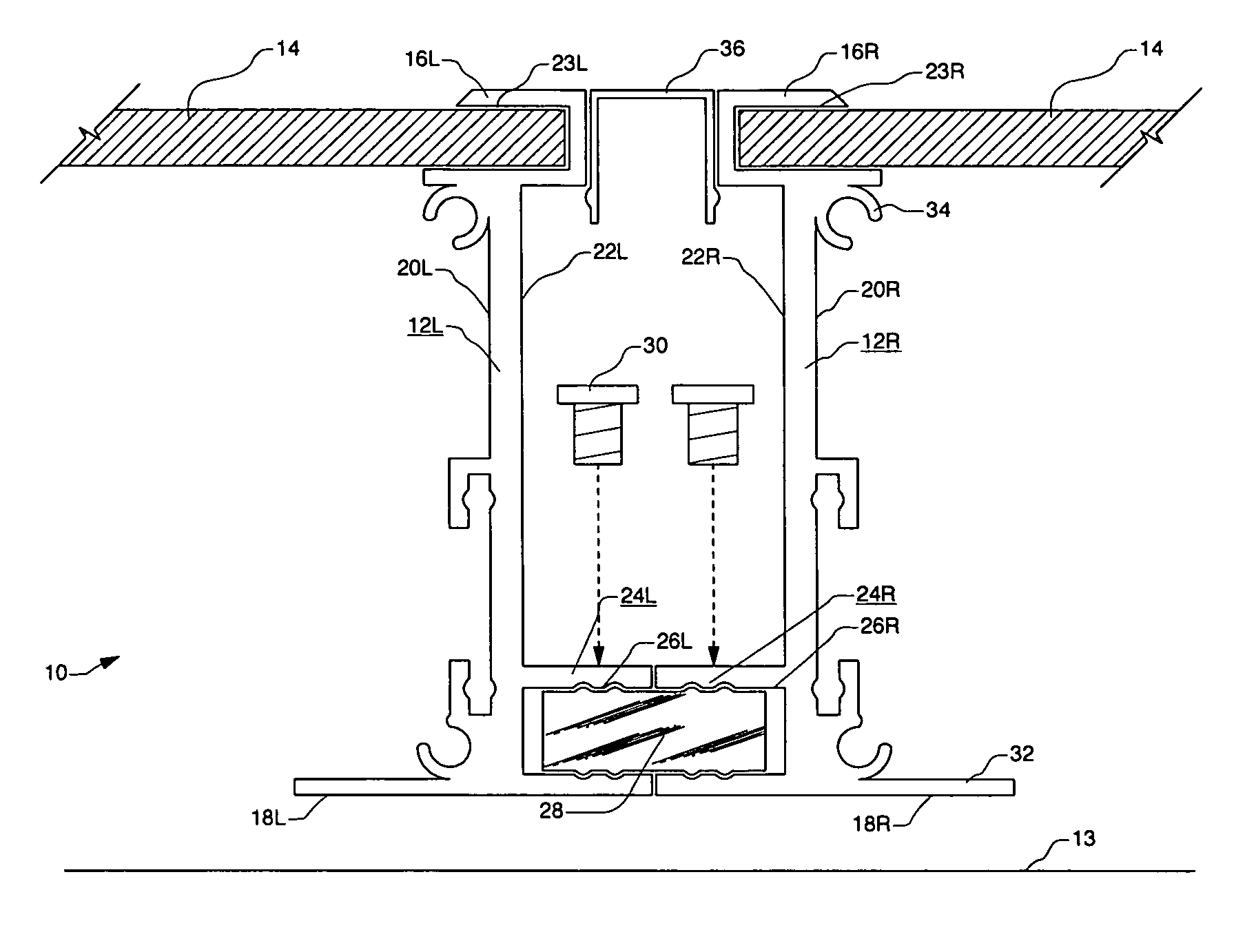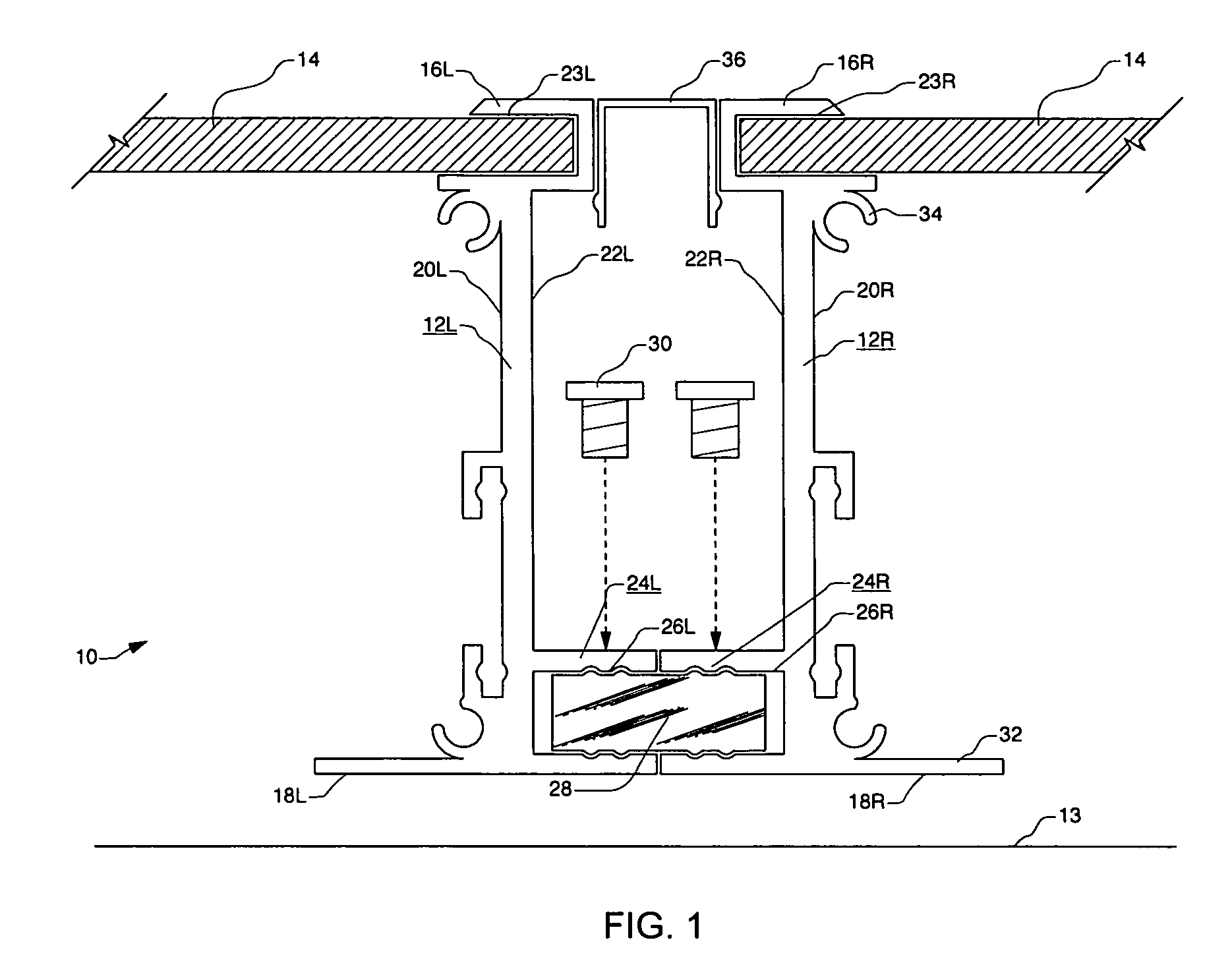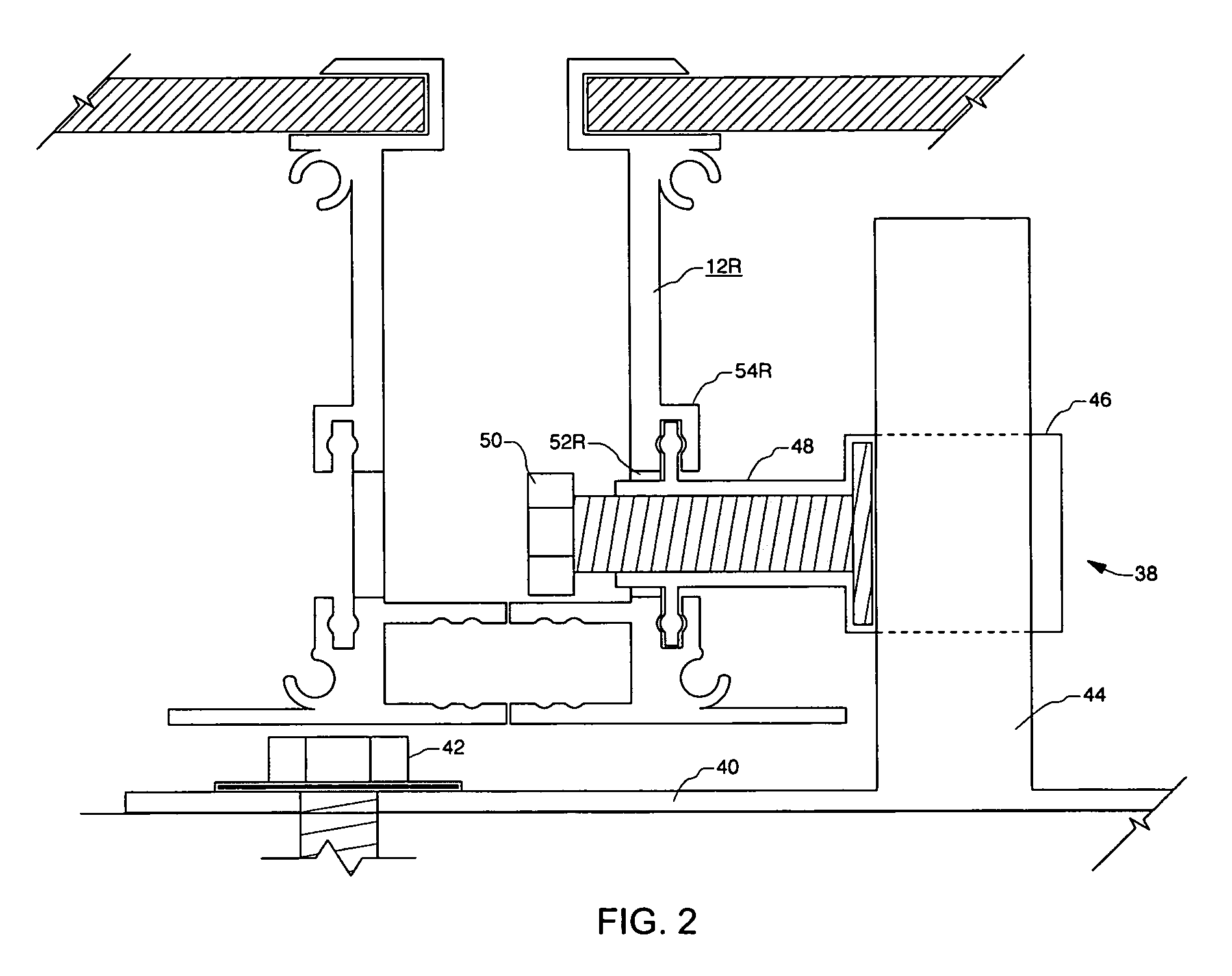While there have been a number of recent developments in the field of
building integrated photovoltaics, there are still very few installations because of their complex
building design issues, higher costs, difficult ventilation issues (PV cells operate more efficiently with adequate air flow for cooling), problematic servicing issues (when a
cell, laminate, or wiring connection fails), and inability to work well in retrofit applications.
Alignment: Most photovoltaic systems are mounted on roofs and or structures which are not truly flat or straight despite the original design on paper (due to inherent deflection and flaws in materials).
PV module alignment (in all three dimensions) is the biggest issue that photovoltaic installers face.
Since this technique results in significantly less adjustability points than if the alignment features were built into the PV module frame, the result is that PV installers frequently spend hours just working on the alignment and generally have to eventually settle for an array which is only partially aligned and in many cases substantially non-planar.
Given the importance of grounding for
lightning protection and
personnel safety, most respectable installers run large #6 ground wires to every module—a very
time consuming and tedious task which still doesn't properly ground the array unless ground wires are also run to all struts and
metal supports (hardly ever done because it requires threading each strut).
Using the mounting structure as the ground is generally not done, primarily because it is somewhat vague in the code and installers don't know how to make lasting “electrical contact” on a structure exposed to the weather (for example, standard, self-tapping screws are not allowed).
Even though the development of plug-type connectors have improved intermodule wiring, getting back into the middle of an array to physically reach the wiring and fix a problem can be a time-consuming process, particularly with some mounting systems.
Most roof mounted PV modules are mounted within 6″ of a roof surface and in the same plane, so if wiring is beneath the modules or inside the module frames, it is not easily accessible once installed.
If the array is only secured into the roof sheathing, then expansion and contraction over time will break the seal and create roof leaks.
Water damming: Anything long and horizontal directly mounted right down on a roof is a potential leak site because water will dam up there.
Module temperature: Photovoltaic modules become less efficient the hotter they get.
Ease of installation: Though most people agree that PV systems provide the most environmentally sound method of producing
electricity, the high
capital cost of PV systems still prevents most people from being able to afford them.
While some systems are capable of locating PV modules close to the roof, they generally require some offset from the roof and thus do not look like a
skylight.
This issue is slightly complicated because heating, debris, and water damming concerns all require an offset, while aesthetic concerns dictate a minimization of height.
Hiding other gear: Mounting hardware (like rails, hold-downs, or feet), junction boxes, conduit, wiring, and balance-of-
system gear is unsightly, and should be neatly tucked away somewhere out of
sight, especially from the street.
Numerous attempts have been made to address these problems, but most have been in the context of costly and cumbersome non-integral mounting hardware, such as improved PV strut systems with specialized “hold-down” pieces that connect the frame portions of PV modules to the strut or by utilizing building integrated techniques.
Though the additional hardware developments have provided solutions to enough of the problems to become the dominant technique, many of the issues discussed remain unaddressed.
Building integrated solutions also solve some of the problems but come with a host of new problems as discussed above.
While this design does eliminate costly and unnecessary materials, it creates a new series of problems: fragile edges of the laminate are exposed and likely to break during normal-installation and / or roof maintenance, the system does not provide any means for vertical adjustability and will therefore include rows of PV laminates at differing heights which will compromise the aesthetic appeal, use of
adhesive directly on the laminate means that removal of a single or multiple laminates may be difficult or impossible in some cases, thereby greatly reducing the maintenance capabilities of the system, and since PV systems are typically designed to last at least 30 years, the use of an
adhesive which is exposed to the weather and under extreme daily temperature fluctuations is of questionable long term reliability.
While this attempt does solve a number of the problems outlined, it has the following major faults which have significantly impeded adoption: (a) the
lag bolts go through pre-defined holes which means that the
lag bolts in most cases will have to be screwed into the sheathing, missing rafters and therefore causing roof leaks; (b) there is no vertical adjustability so the sides which abut each other will be not be level with each other in most cases (since roofs are not flat) dramatically diminishing the aesthetic appeal of the PV array; (c) design is not backwardly compatible with the common inward facing
flange integral frame and thus requires contractors to completely re-tool and learn a totally different product which impedes adoption of the invention; (d) can't remove a module from the middle if it breaks without painstakingly removing the whole row; (e) it requires three different types of extrusions per PV module which means triple the cost for tooling to manufacture the unit as compared to a design with only one type of
extrusion; and (f) design only allows for PV modules mounted in portrait orientation (long dimension of the module running perpendicular to the roof
ridge), yet most roofs can actually fit more PV modules in landscape orientation since the long dimension of the module is now parallel with the long dimension of the roof (most roofs are longer side to side than they are from
ridge to gutter).
Regarding the maintenance issues, if you do have to remove modules for service, you have to literally rip up all of the now dried roof
sealant and pull
lag bolts out of the sheathing—a very
time consuming process.
Or worse yet, if a module or wiring connection is suspected to be faulty right after initial installation (the most likely time to discover a problem), then modules will have to be removed exposing wet
sealant and causing a mess.
 Login to View More
Login to View More  Login to View More
Login to View More 


